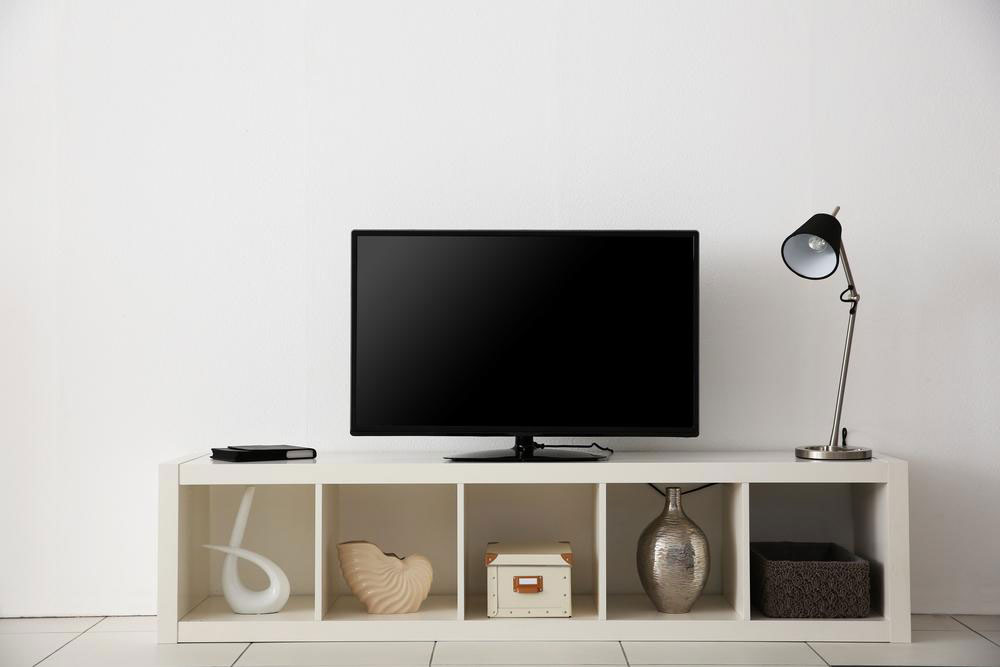Advantages and Disadvantages of Plasma Televisions
This article explores the key advantages and disadvantages of plasma televisions. It highlights their superior contrast and color quality, ideal for large screens and gaming. The article also discusses potential drawbacks like heat emission, weight, and fragility, helping consumers make informed decisions. Tips for choosing the right plasma TV size, features, and pricing are included, along with advice on comparing options and considering second-hand units. Perfect for those interested in high-quality home entertainment devices, especially large-screen AV enthusiasts.

Advantages and Disadvantages of Plasma Televisions
If you're considering purchasing a new TV, you'll encounter various options such as LED, LCD, plasma, and QLED screens. Each type differs in technology and features. Plasma TVs have been a popular choice for large screens and high picture quality.
Here's a comprehensive overview to help you understand plasma TV technology better.
A plasma television features a flat screen that employs a matrix of tiny gas plasma cells to produce images. These cells require specific electric voltages to illuminate and display visuals effectively.
Benefits of Plasma Screens
Compared to LCD TVs, plasma screens excel in delivering superior contrast, producing deep blacks and vibrant colors for a more realistic viewing experience.
If you're after a large, cost-effective television that offers excellent value, plasma TVs are worth considering.
When selecting a plasma TV, prioritize features that enhance your movie-watching experience. Consider models with 3D display capabilities, even though 3D content is somewhat limited. If 3D is important to you, plasma screens are preferable over LED or LCD options.
For small to medium-sized screens, you may find lower-resolution models sufficient. However, for larger screens, opting for a 1080p resolution ensures optimal clarity. Plasma TVs are also great for gaming and movie nights due to their wider contrast ratio.
Drawbacks of Plasma UnitsIt's important to recognize some downsides. Plasma TVs tend to produce more heat and may generate glare in bright rooms. They're heavier and more fragile compared to other types, making installation and movement more challenging.
If these disadvantages aren’t a deal-breaker, you might still find a plasma TV suitable. Always check warranty details, compare prices across different retailers, and explore options for refurbished or used units since production of new plasma screens ceased in 2015. Measure your space carefully and consult reviews to choose the right size before making a purchase.










